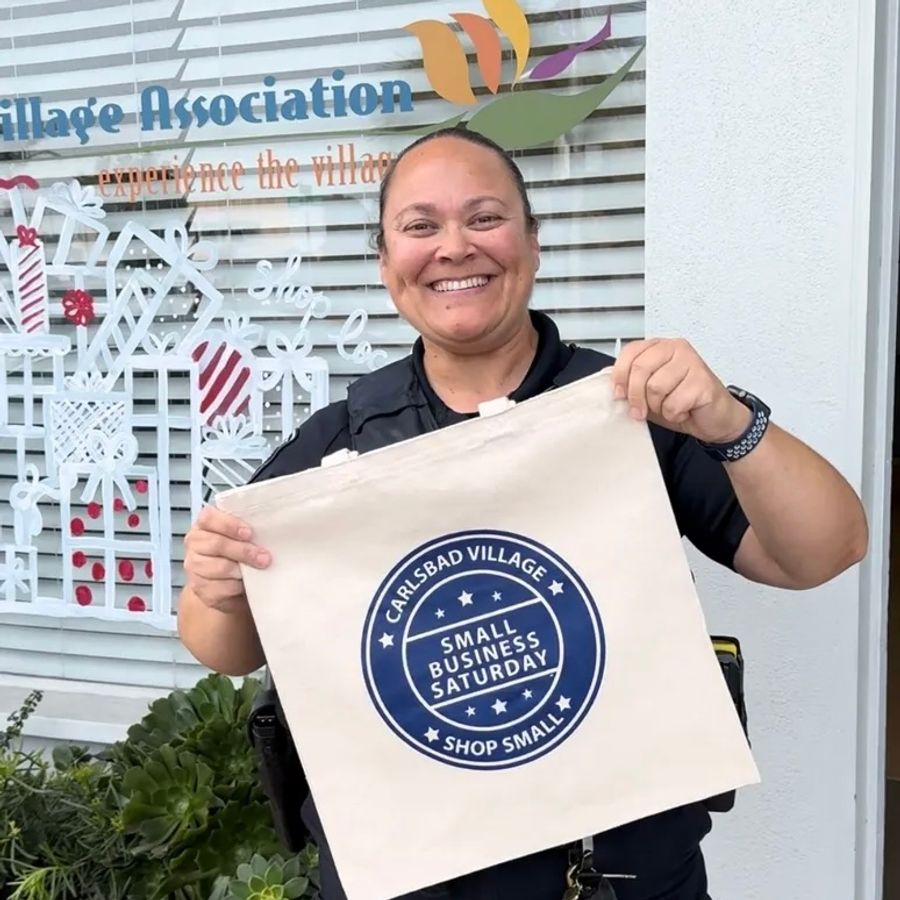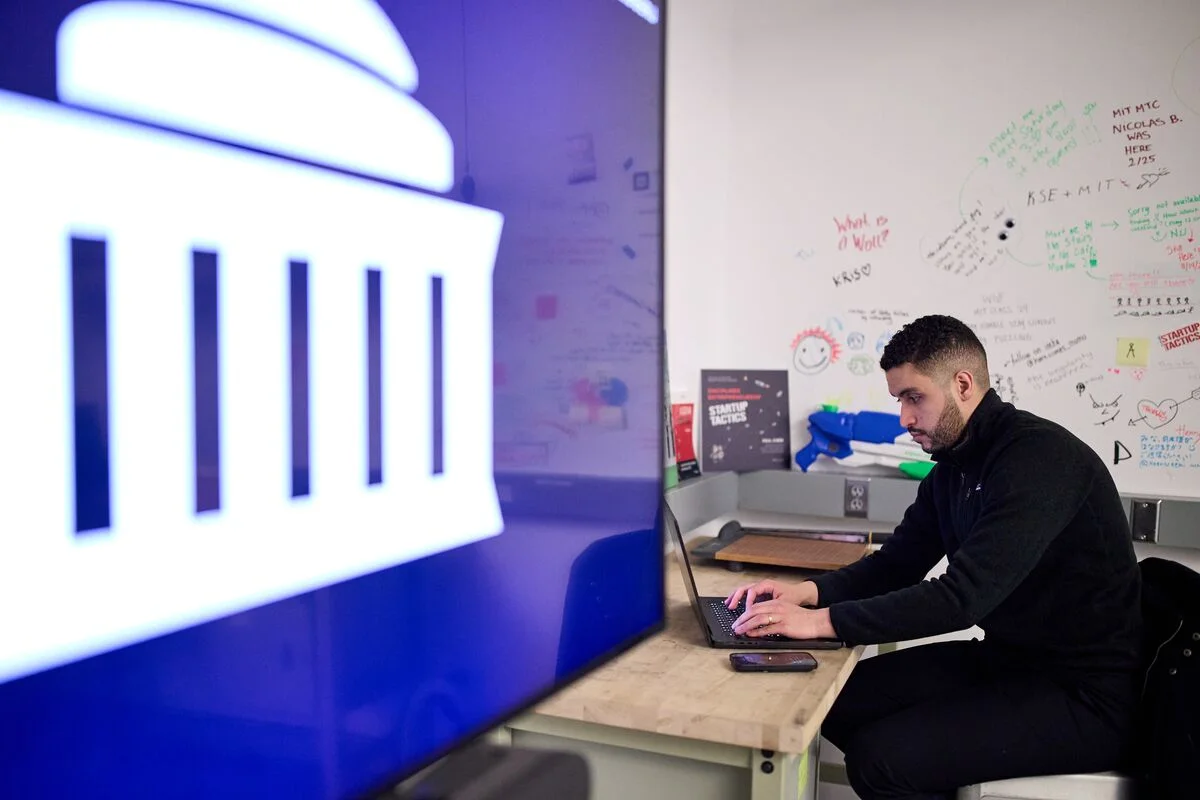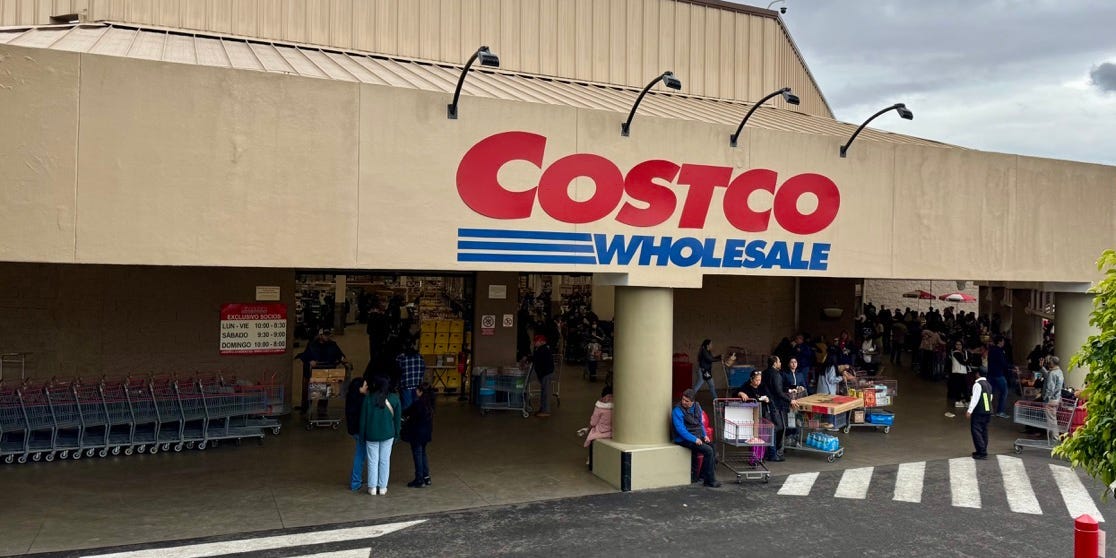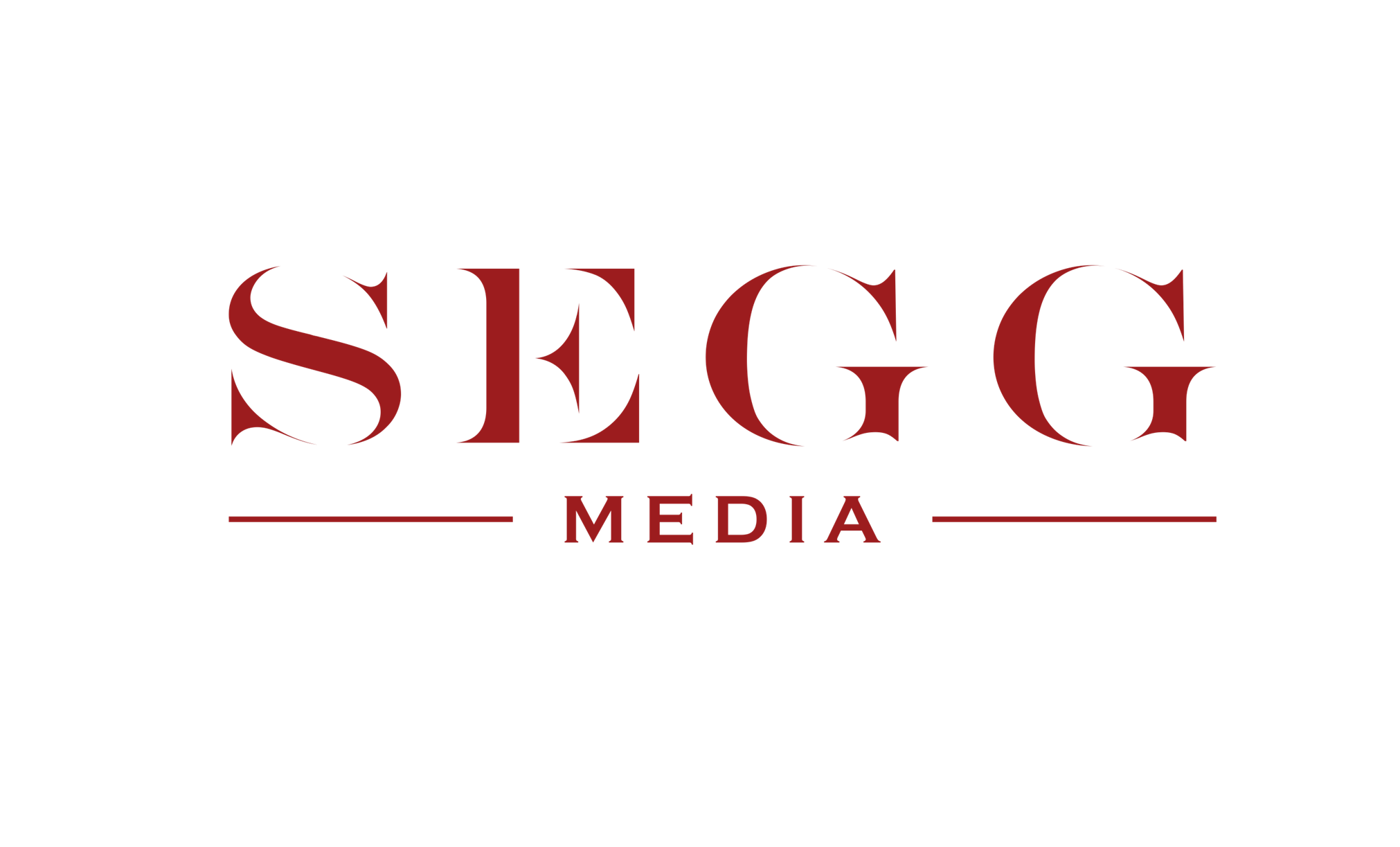When restaurateurs need to resupply, they call on companies like S&W Foods.
The family-owned food service distribution company counts local restaurants, regional coffee shop chains and public school districts among its 1,000 clients.
Second-generation owner Paul Spalitta has led the 47-year-old Tangipahoa Parish business through two decades of growth — more than tripling its revenue to $80 million during that time and expanding its clientele beyond south Louisiana along the Gulf Coast into Florida.
Despite a massive drop in business during the height of the coronavirus pandemic, Spalitta managed to broaden S&W’s customer base, in part, by buying his employees’ lunches from local restaurants and then promoting them on social media.
More recently, he oversaw S&W’s $25 million move into a Hammond facility five times the size of prior headquarters. Today, he runs the company with his two daughters. In this week’s Talking Business, Spalitta explains how he’s guided the 125-employee business’s growth while staving off competition from “Goliaths” in the industry.
This conversation has been edited for brevity and clarity.
What led you to realize you need to expand, and then, what were the challenges?
We really started scaling up the company back in 2016-17. Almost daily, my operations manager would come into my office, “We won’t have enough space at the warehouse.” He said, “You’ve got to slow down.” I’m like, “We’re not slowing down. Figure it out.”
I knew we had to do something, so back around 2018-19, we found some property and got all the plans done for a brand-new facility. By the time we got all that done, it was mid-2020. I was anticipating a cost of about $15 million. The contractor comes back and says, “Oh, this is gonna be $27 million.” We couldn’t do that, so I tabled it.
Over the next year, a big retail distribution center in Hammond went out of business, and we started negotiating with them. The facility that was 2½ times the size of what I was going to build — way more space than we needed — but I knew we would figure it out. And that’s what a real focus is now: How do we continue to push forward and grow the business to use the capacity we have here?
How do you see your business changing in the coming years?
As part of this new facility and the new capacity that we have, we’re looking at increasing our presence with national chains. To do that, there are certain requirements and one of the ones that most national chains require is a third-party audit — you have to have someone come in and inspect your facility to make sure that it’s operating in a safe, food safety manner and your business practices are clean and sanitary.
We are very excited and pleased that we recently were accredited by the American Institute of Bakers, which is going to allow us to do business with the bigger national chains and to rapidly scale and grow.
Separately from how your business has changed, how has the industry at large evolved over the years?
So many times I’ve seen people open restaurants because they think they make a great gumbo or barbecue or whatever it is. While good food is a given in a restaurant — you have to have that — the thing that you have to understand when you open a restaurant: It’s a business.
I remember I used to ride on trucks making deliveries, and some of the things that I saw years ago certainly would never fly today, and so I think the level of professionalism of the independent operators has certainly increased.
How much do you think the COVID pandemic changed the industry?
A lot of restaurants scaled back their menus, with not as diverse of a product offering as they did before. A lot scaled back their hours, and those things have stuck.
I think operators realize, “I can do this, and I don’t have to work 90 hours a week,” and so they certainly realize that quality of life is important. And the negative side of that is the fact that a lot of their employees realized the same thing, and it’s become a real challenge in the restaurant industry.
Employees are a challenge everywhere, but it’s an entry-level employee job for most of them, and maintaining proper staffing levels is a challenge. Sometimes the wait times are longer, and you don’t get quite the service you used to get. I think that’s part of the permanent change.
Do you find yourself working 90 hours a week? How do you balance business responsibilities with needing time and space for yourself?
Well, the good thing about our business is that it’s five days a week, it’s Monday through Friday. So I get the weekends off, and I enjoy and cherish that time off with my family.
Back in 2006, basically my mother, my father and myself ran the company. When they retired, there just walked out 66% of the management team. So I quickly realized that I got to have some help, and so I started hiring people to help me with that. And throughout the years, we have built a tremendous leadership team.
I’m very blessed that I have strong people around me. Fortunately, I’ve got people a lot smarter than me around me, and that’s what I need. I often say it, but if I’m the smartest guy in the room, we’re all in trouble.
Pictured at S&W Foods facility in Hammond, from left to right, are Communications Manager Samantha Spalitta, Director of National Accounts Tara Spalitta, CEO Paul Spalitta and co-founders Rosemary and Frank Spalitta.
What do you think is different about working with family members, being their boss or having them be your boss?
I’m blessed to have two of my daughters involved in the company with me, grooming them to take over this business in the future. They, like myself, grew up around the business. Our family vacations were planned around business trips where we would go to conventions and things like that.
It’s a lot of fun and good times, but it also has its challenging moments. Sometimes family members don’t see eye to eye, and that presents challenges, but you work through it.
I think there’s an advantage to being a family business and an independent company because most of our competitors are big national companies, and so we compete against giants.
We’re definitely the David in this Goliath story — and what our customers like is the fact that we are much more nimble and flexible, we provide outstanding customer service. And most of my customers are friends of mine, people that I’ve been knowing for many years and just have a great time doing business with.








